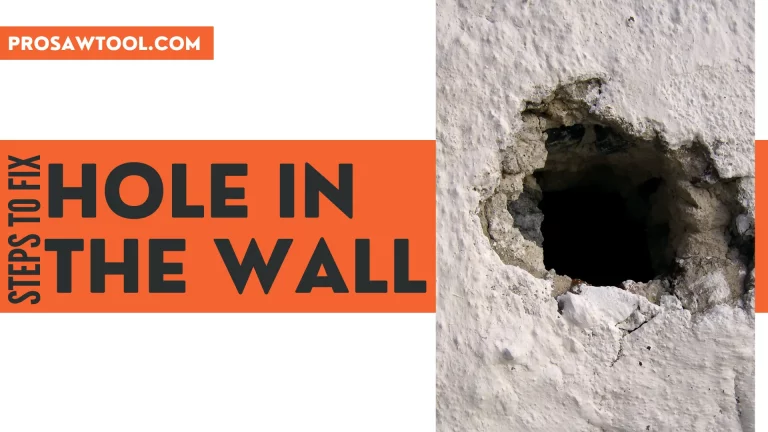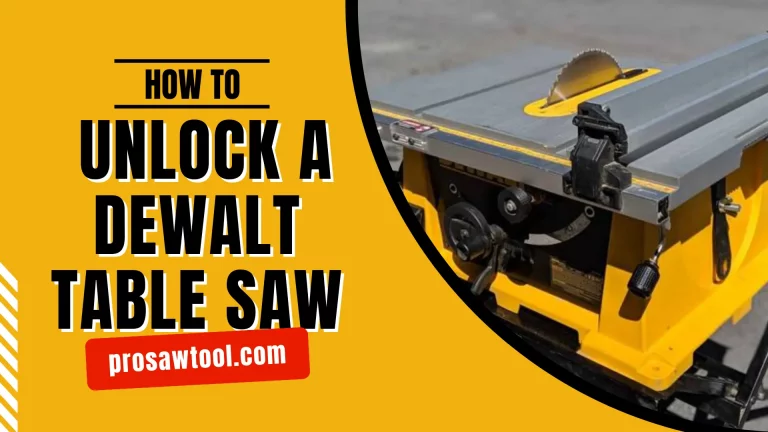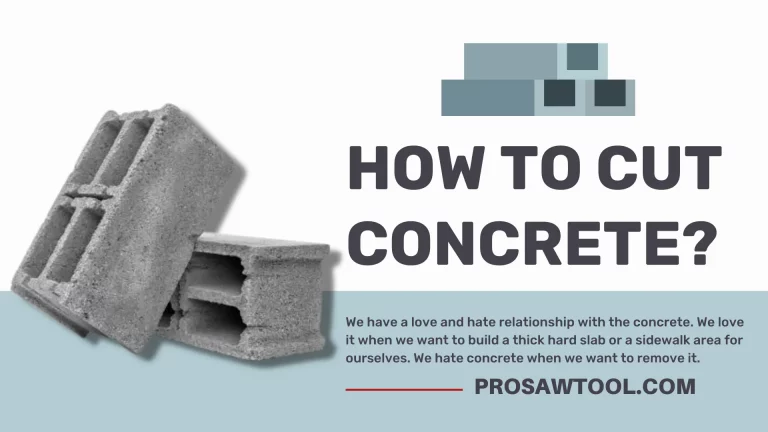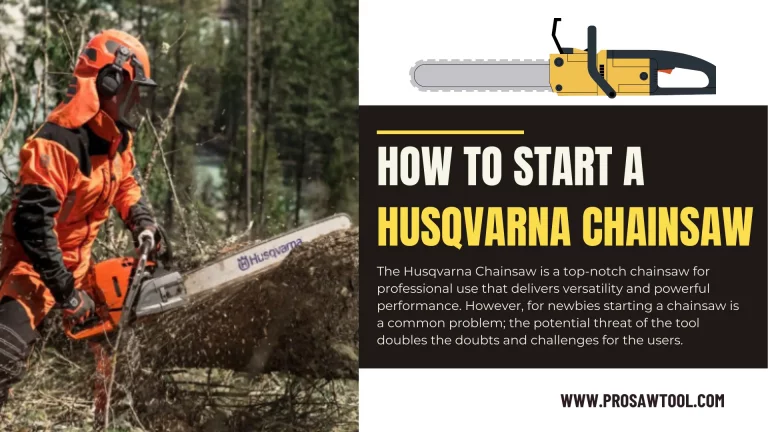What Is A Riving Knife On A Table Saw? 2024
Safety always comes first, regardless of how precise and comfortable the tool is! The riving knife is a precautionary addition to the table saw that is embedded near the blade. When you push the substrate (the material you’re working on i.e., wood), the riving knife makes sure that the sections will not get too close. The purpose of the riving knife is to compress the blade and unwanted kickbacks that could lead to accidental happenings or injuries. Here is more about what is a riving knife on a table saw:
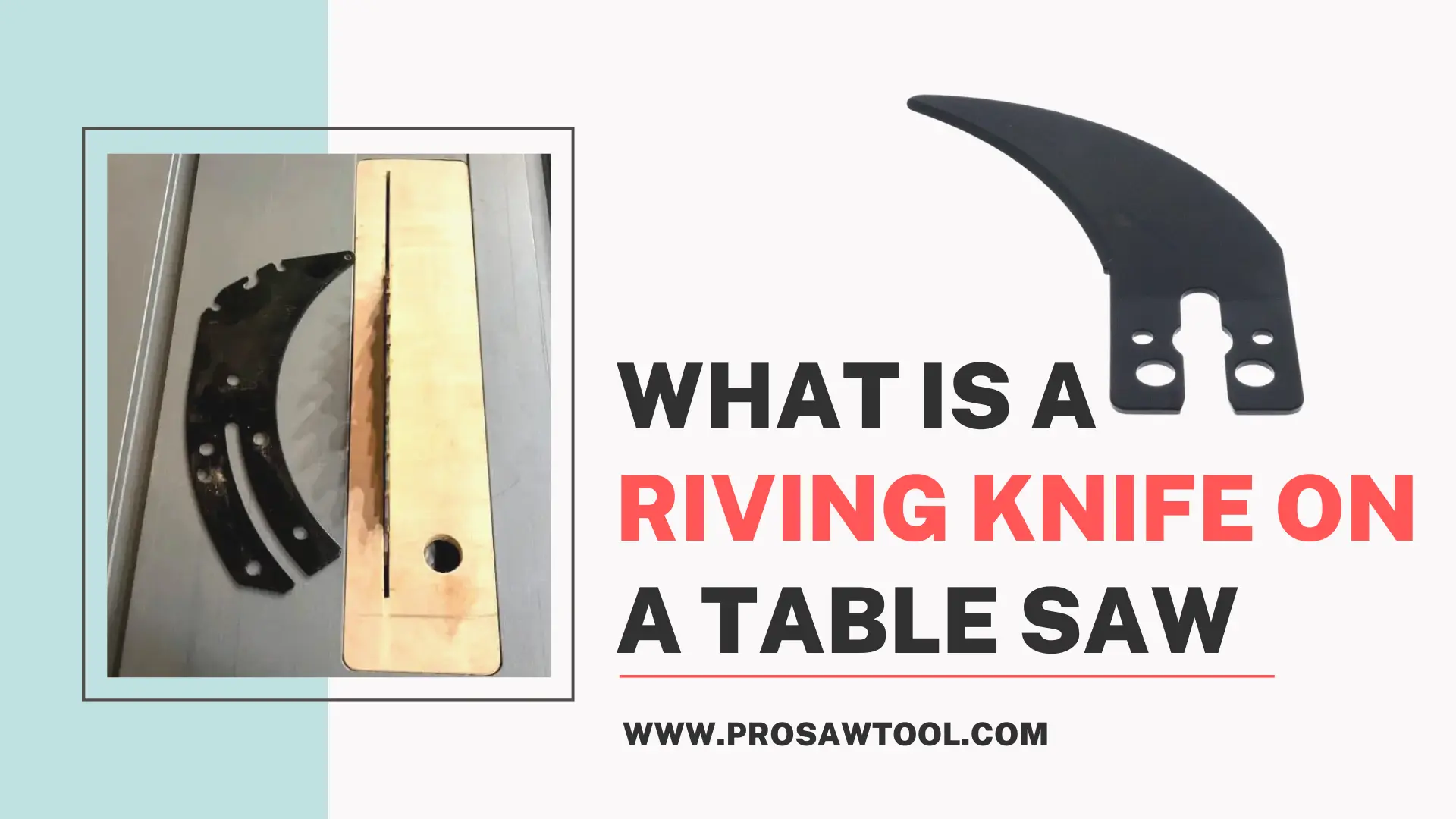
The riving knife is not a choice, it is mandatory as far as safety is concerned. To be honest, the riving knife is just a tool and cannot prevent kickbacks, vibration, or unwanted movements completely. For that reason, it is suggested to learn how to use the table saw correctly in the first place, and don’t forget to wear safety gear including gloves, goggles, hearing protection, and security clothing. After standing in the right manner or position where you’re ready to operate a table saw, look into the safety devices like riving knives.
What Is A Riving Knife On A Table Saw
Introduction To Table Saws
Before explaining what a riving knife is, a basic understanding of a table is much needed, that’s why I decided to open this article with that. A table saw, also called a bench saw, is a tool designed to perform cutting, trimming, edging, polishing, and other woodworking tasks. It is driven by a powerful motor and the primary source of fuel consumed is electricity. The blade is integrated at the top of the table saw which supports the substrate like wood, metal, or more, and makes overall functioning convenient. Here is how you cut a metal with a table saw.
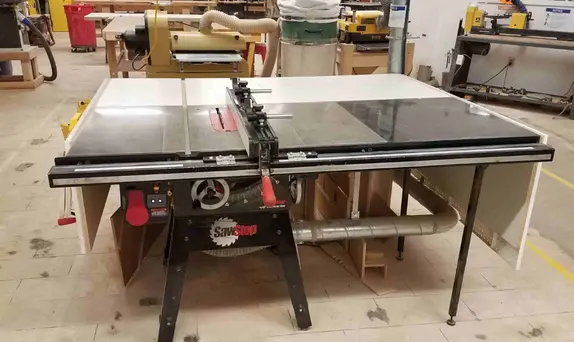
The advanced table saws are designed to offer more precision and in-depth cuts. You can also change the depth by moving the blade in two possible directions: upward and downward. In contrast, conventional table saws come with fixed or immovable blades that only cut substrates to a fixed depth; there is no choice. Both are pretty functional and available in the market, but as far as safety is concerned I recommend modern table saws as they give you an opportunity to move the blade as per your choice. Check out, how thick is a table saw blade.
Riving Knife On A Table Saw
Now that you know what a table saw is, it’s time to discuss more about a riving knife and its mechanics. In general, the riving knife is a safety addition to the bench saws, radial arm saws, table saws, circular saws, and other similar tools used for carpentry or woodworking. It is attached to the arbor of a table saw and fixed near the blade and moves along with it. In other words, when you adjust the blade depth, the riving also gets adjusted respectively because both function concurrently.
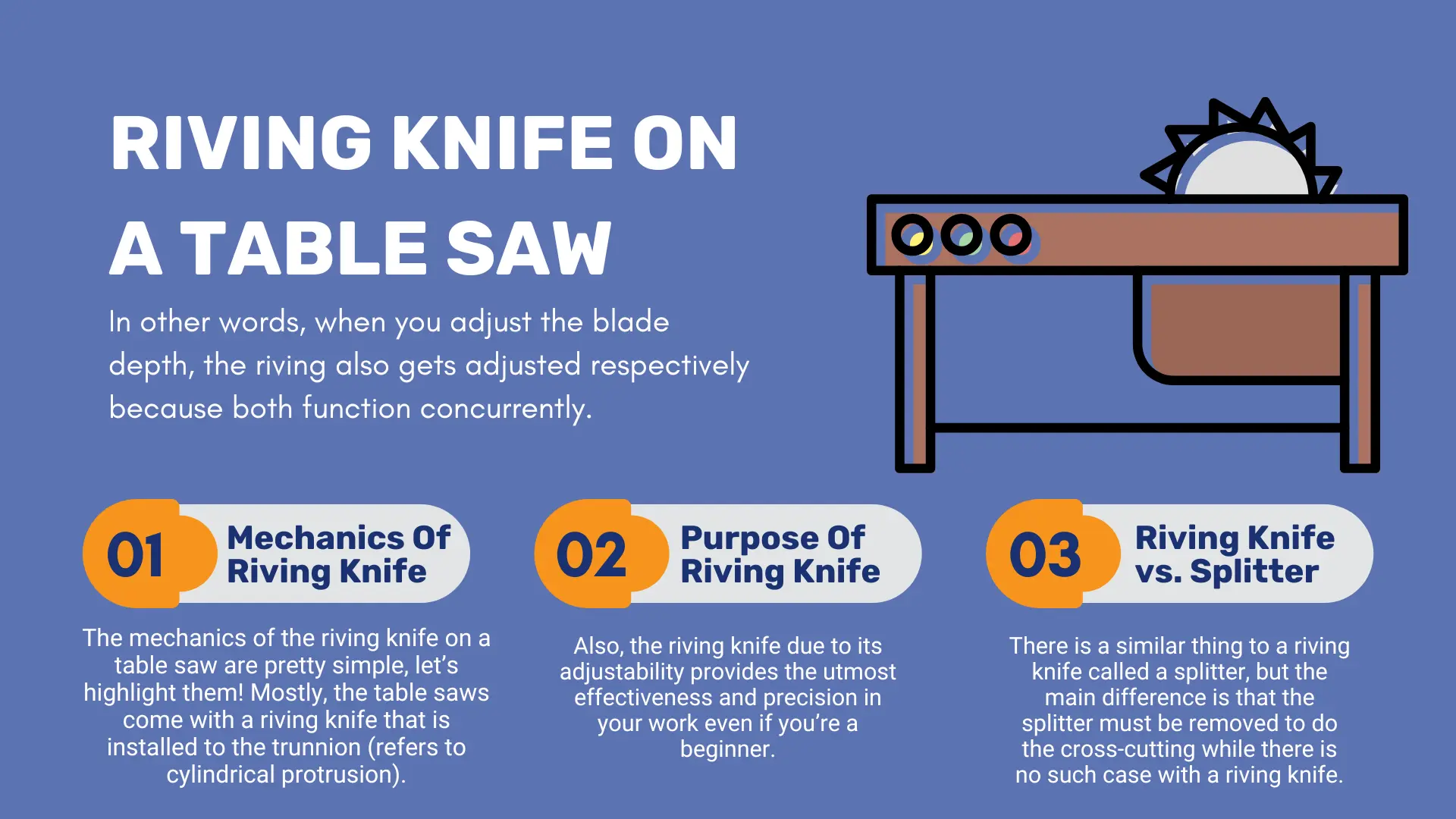
Mechanics Of Riving Knife
The mechanics of the riving knife on a table saw are pretty simple, let’s highlight them! Mostly, the table saws come with a riving knife that is installed to the trunnion (refers to cylindrical protrusion). The trunnion is responsible for the upward and downward movement of the blade. The riving knife is based on the release mechanism which means it can be adjusted to different positions in reference to the blade. Don’t forget that the primary purpose or function of the riving knife is to provide protection and work side-by-side saw blades.
Purpose Of Riving Knife
Also, the riving knife due to its adjustability provides the utmost effectiveness and precision in your work even if you’re a beginner. That doesn’t mean you can become a pro at day one, but to describe the key benefits of a riving knife. However, it is still suggested to invest time and effort to learn the mechanism of a table saw to work without any accidental happenings.
Riving Knife vs. Splitter
There is a similar thing to a riving knife called a splitter, but the main difference is that the splitter must be removed to do the cross-cutting while there is no such case with a riving knife. In other words, there is no need to remove the riving knife for crosscuts; you can do it anyway. Then, the question arises do you need to remove the riving knife?
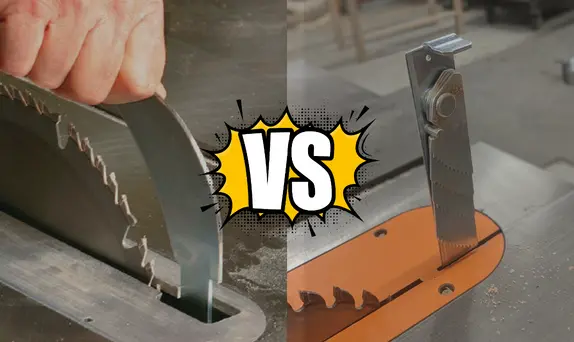
You must have seen the woodworking shows on the internet or television, where carpenters are using table saws without the riving knife. This is done to make the video clear and for the audience to be able to see the work in a better view. In other words, the riving knives, blade guards, or anti-kickback pawls are hurdles in the work view, so online trainers are just making sure to give you an improved view. Otherwise, it is not recommended at all to remove the safety parts like the riving knife.
Frequently Asked Questions
Do I need the riving knife on my table saw?
Yes! The riving knife is not a choice, it is mandatory to reduce the kickbacks and unwanted movements to zero and make woodworking safer. You can also do rip cutting, cross-cutting, and other similar tasks with the help of a riving knife with improved precision.
Does a riving knife prevent kickback?
The riving knife resists kickbacks to almost zero and offers you a smooth and safe woodworking experience. However, that doesn’t mean any negligence in terms of wearing safety gadgets like goggles or gloves, or training; you must be skilled enough to run a table saw as it is a heavy-duty machine.
What’s the difference between a riving knife and a splitter?
The splitter is somehow similar to the riving knife as it is also a safety addition but the only difference is that the splitter must be removed to do the cross-cutting while there is no such case with a riving knife. In other words, there is no need to remove the riving knife for crosscuts; you can do it anyway.
The Bottom Line
In conclusion, the table saw is a high-level woodworking tool that adds the utmost precision in cutting, grinding, trimming, and similar tasks. To run the bench saw without risking your safety, you need to add up the safety parts to it like a riving knife, anti-kickback pawls, blade guards, and so forth. It is also suggested to not forget to wear protective gear like gloves, goggles, masks, and safety clothing.

